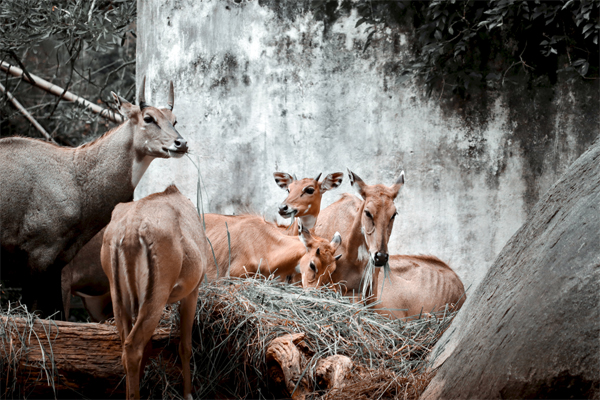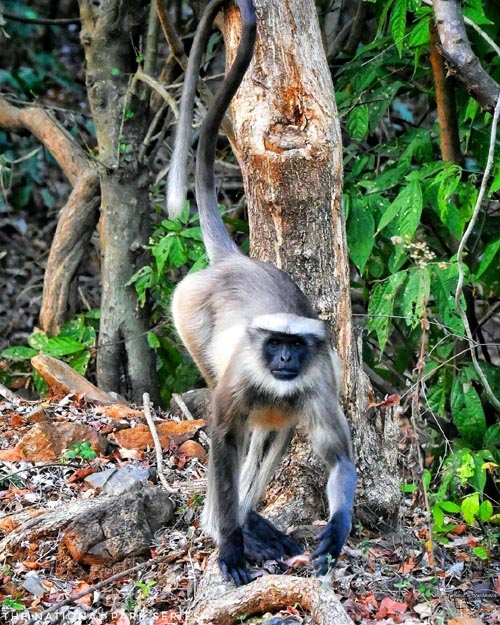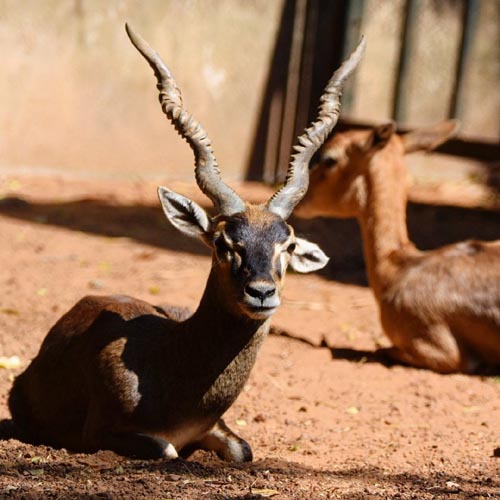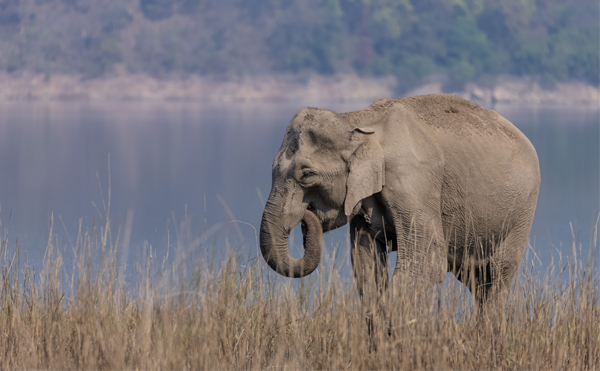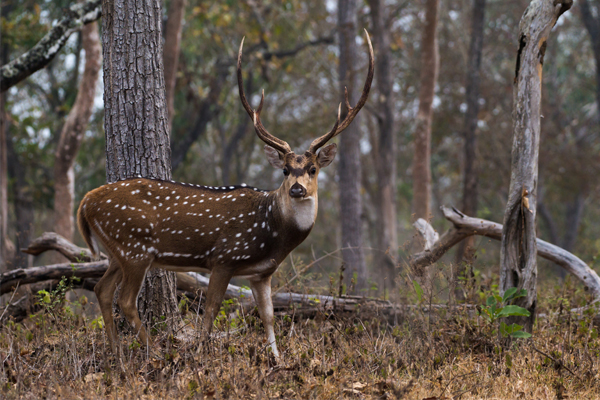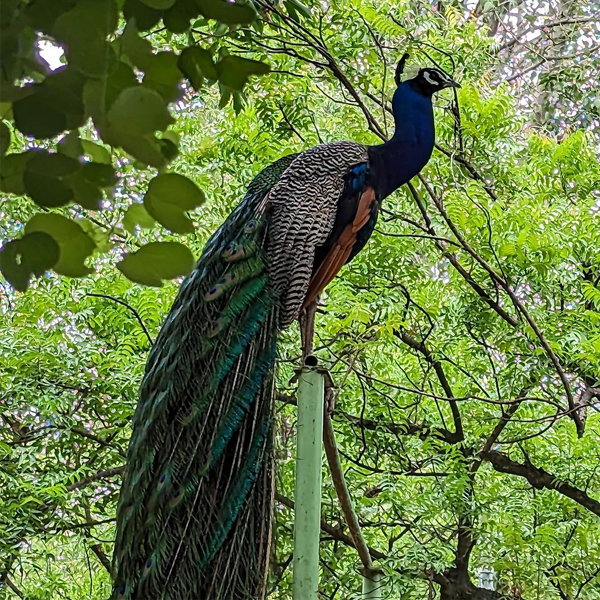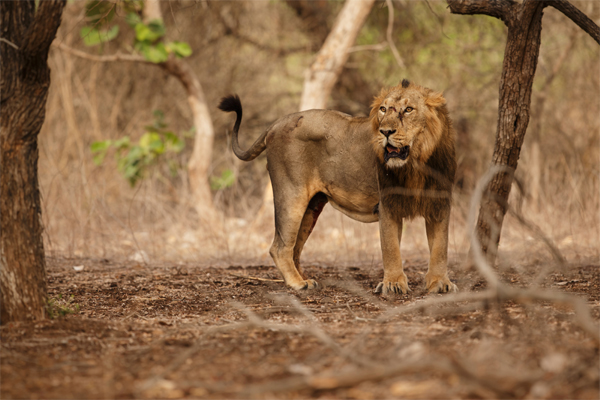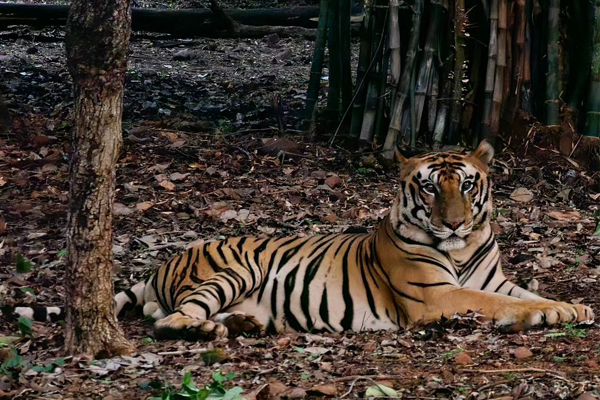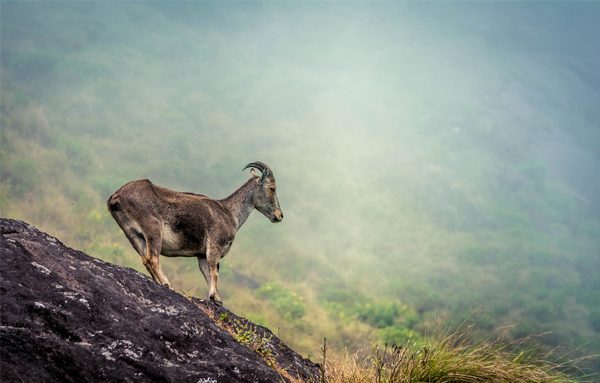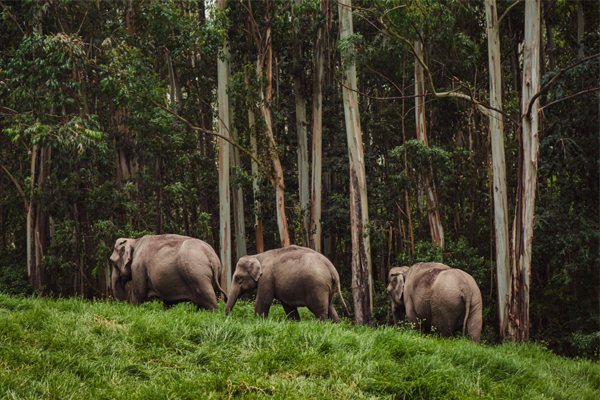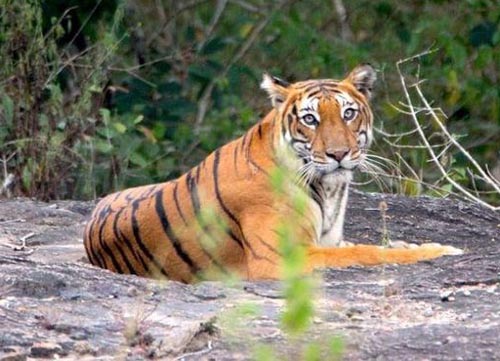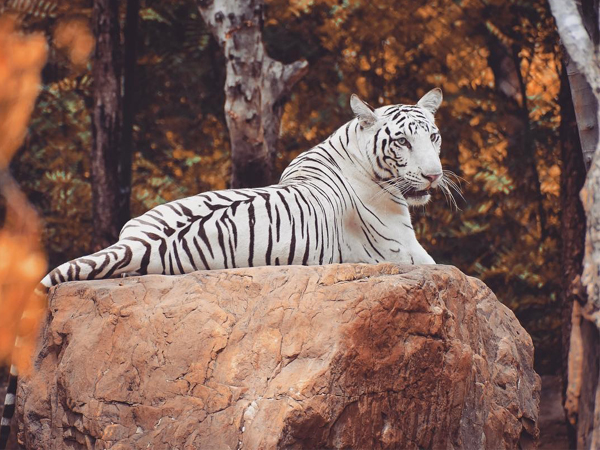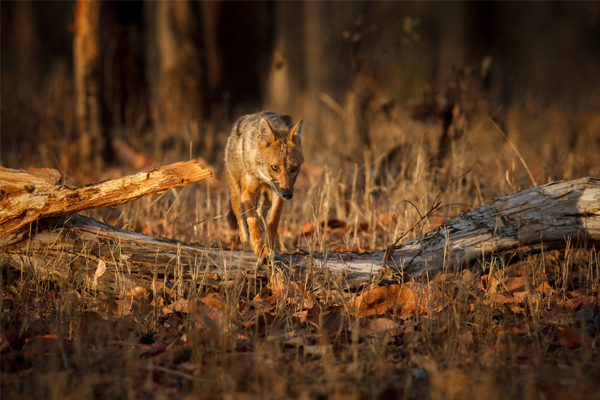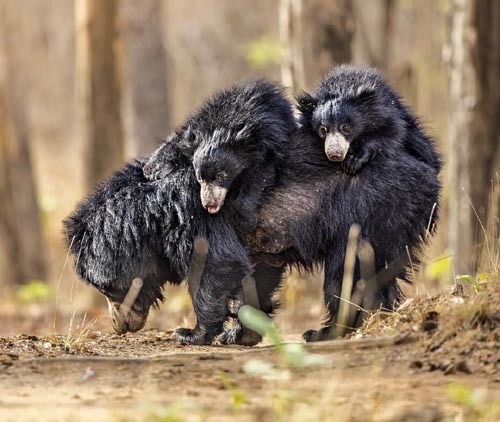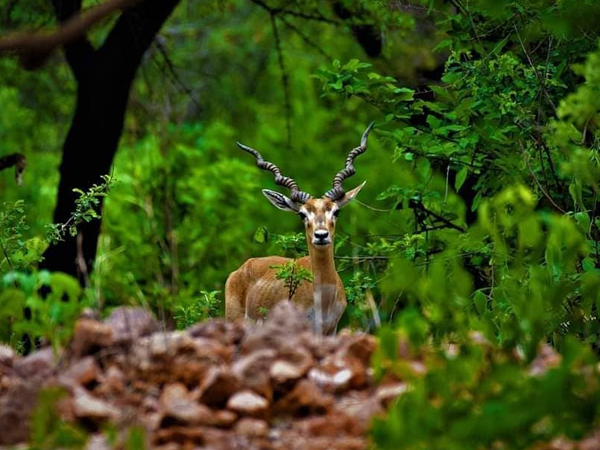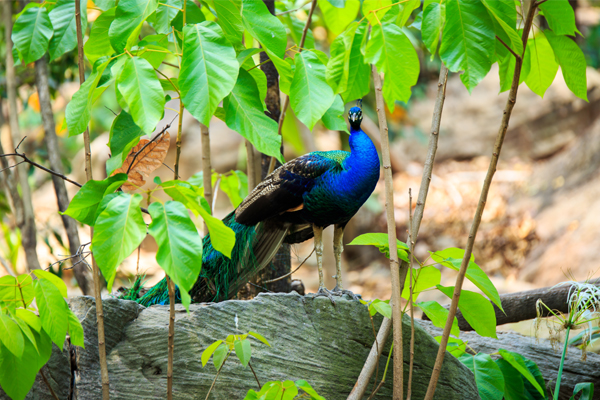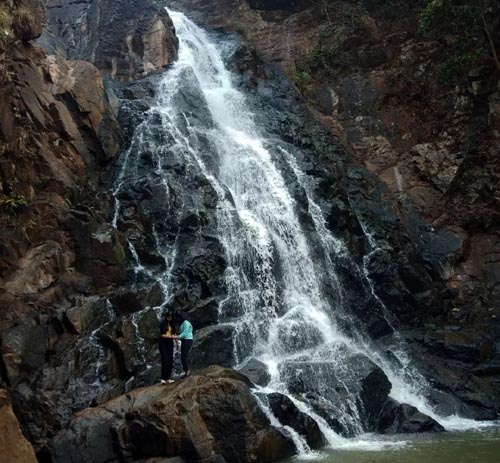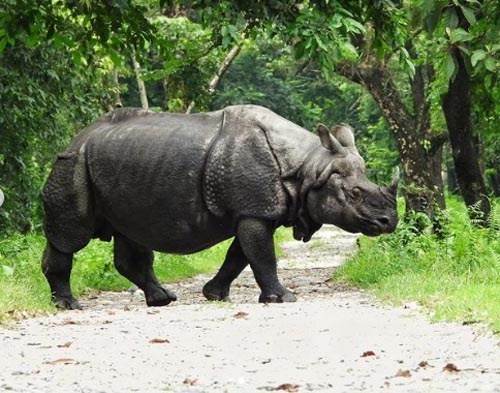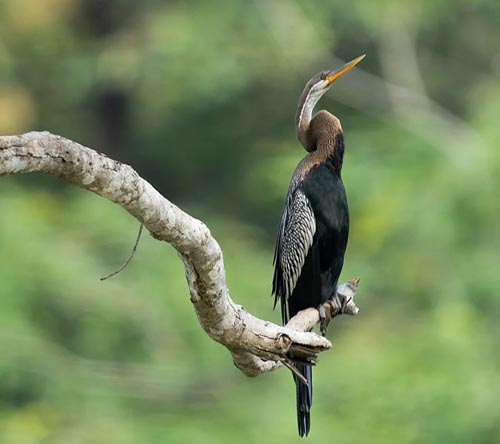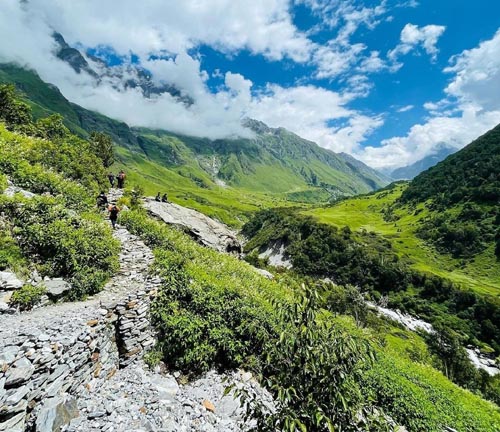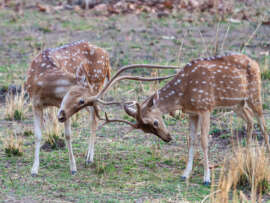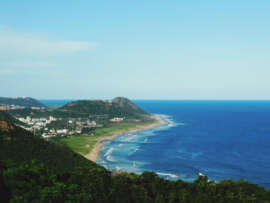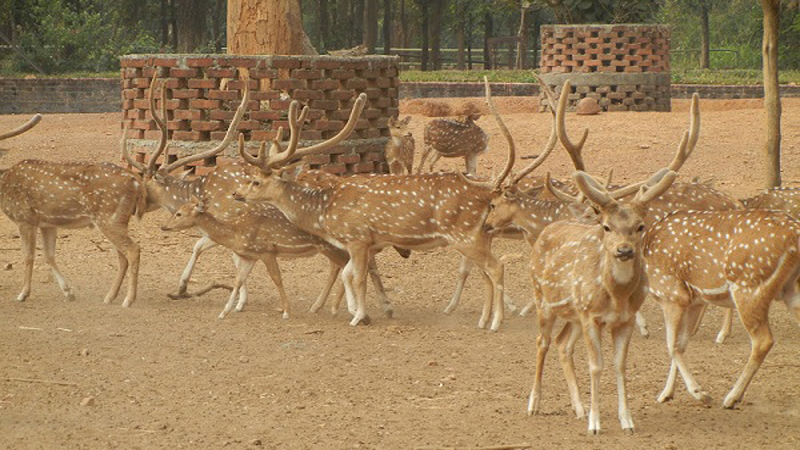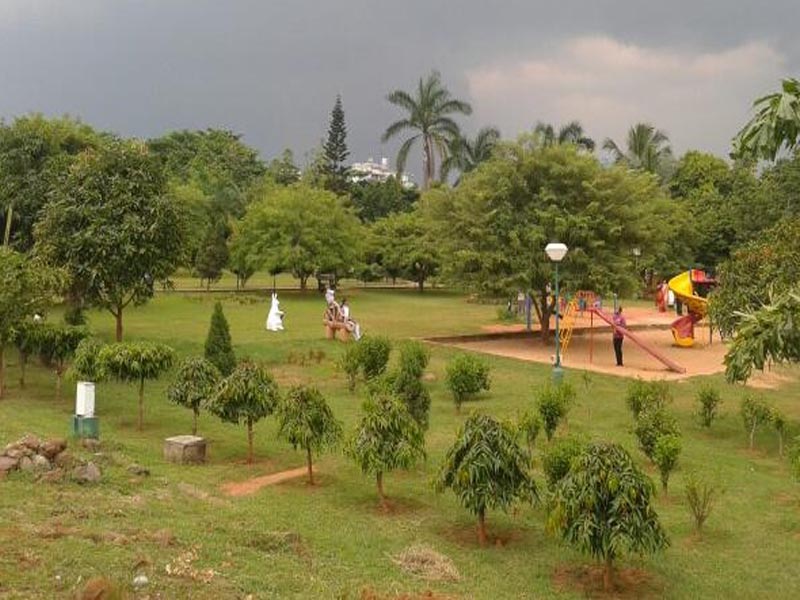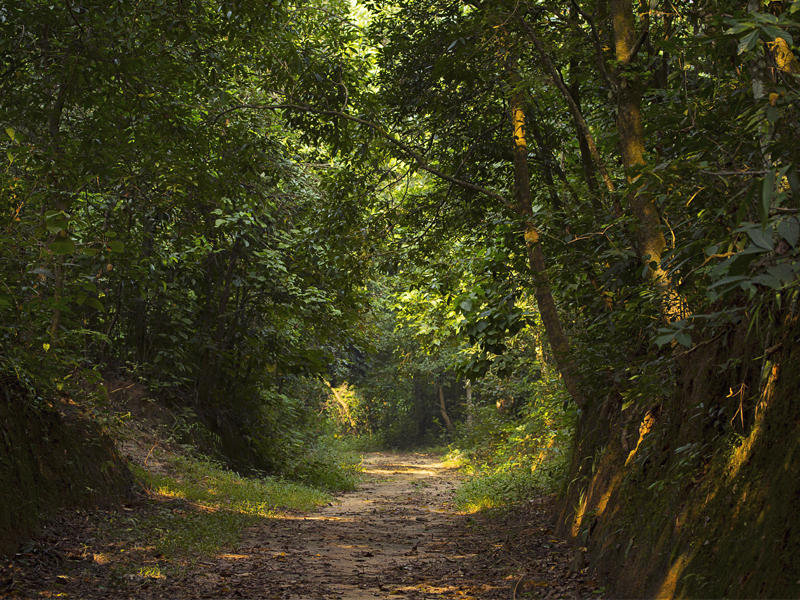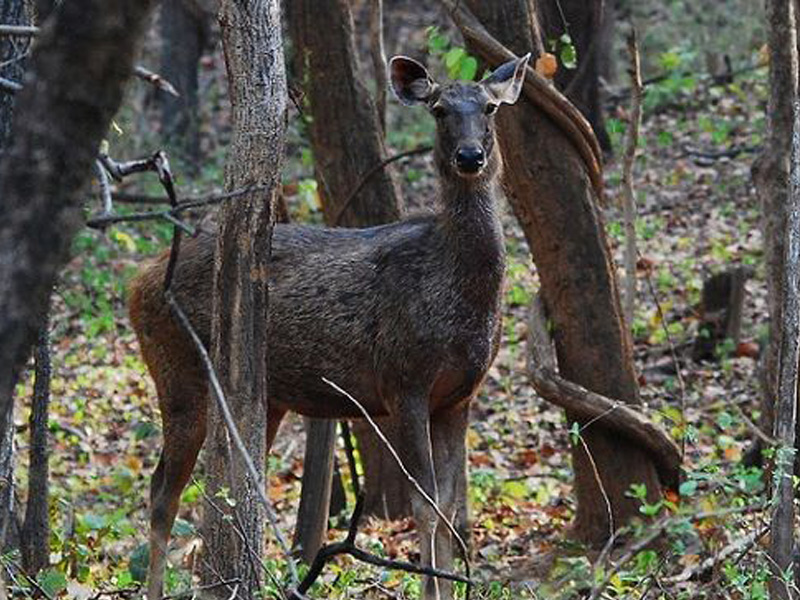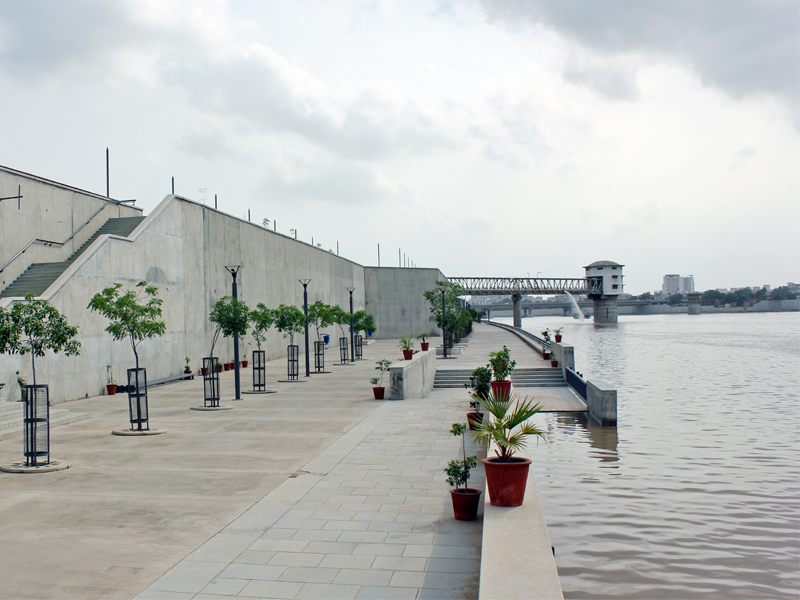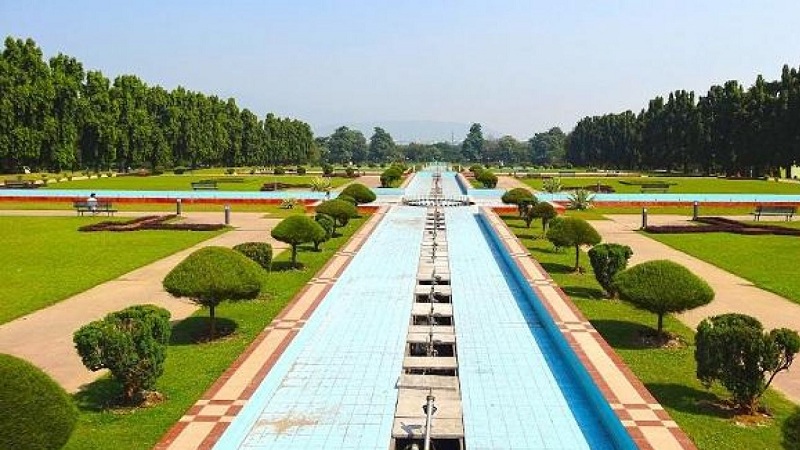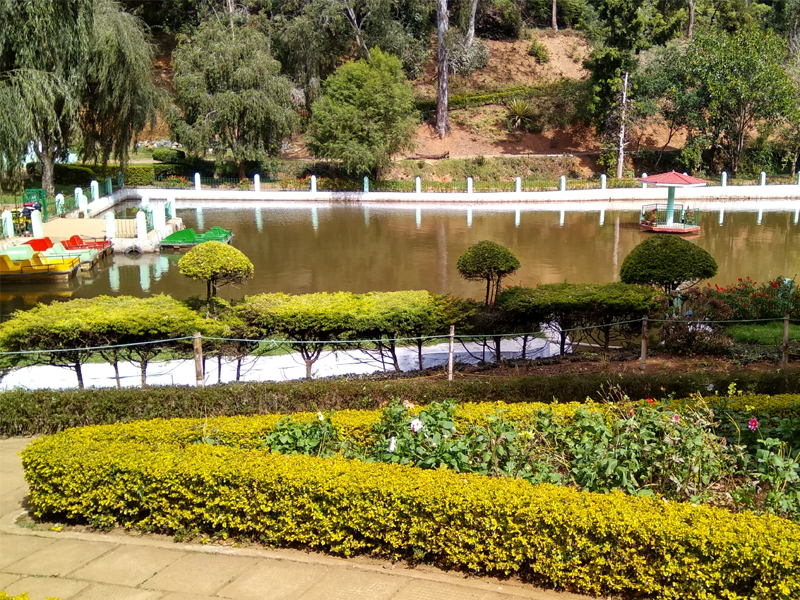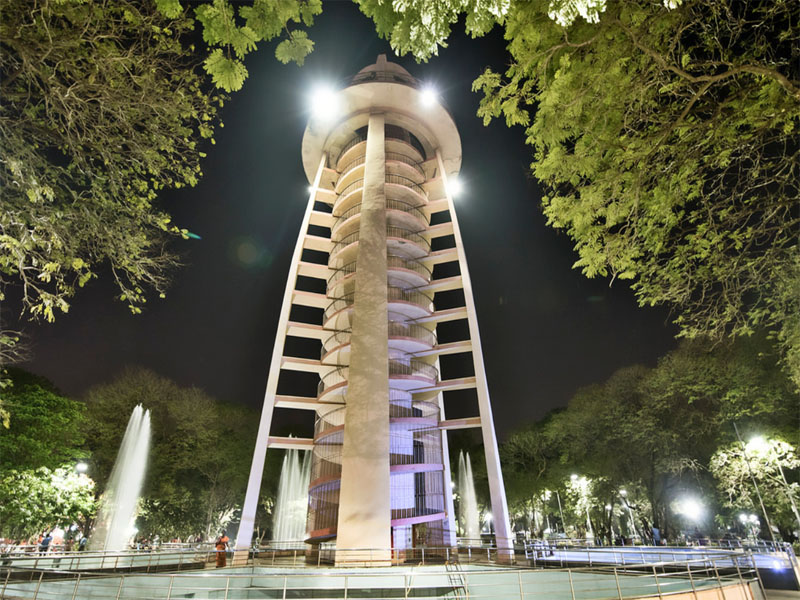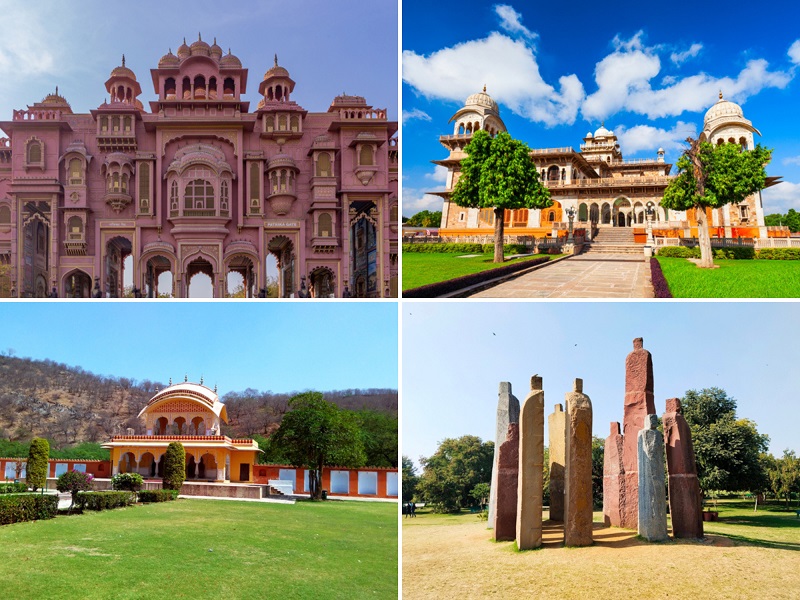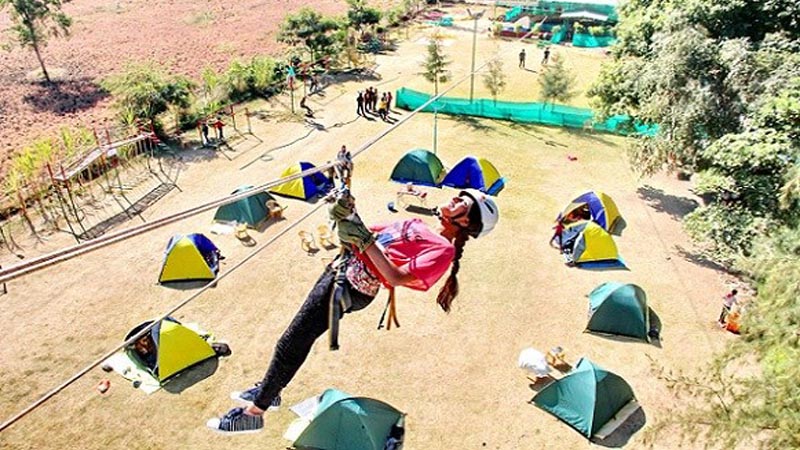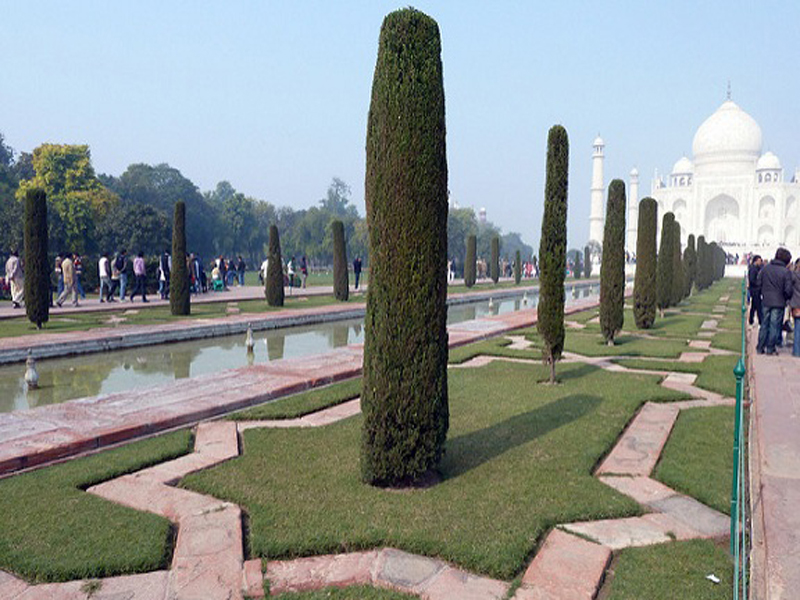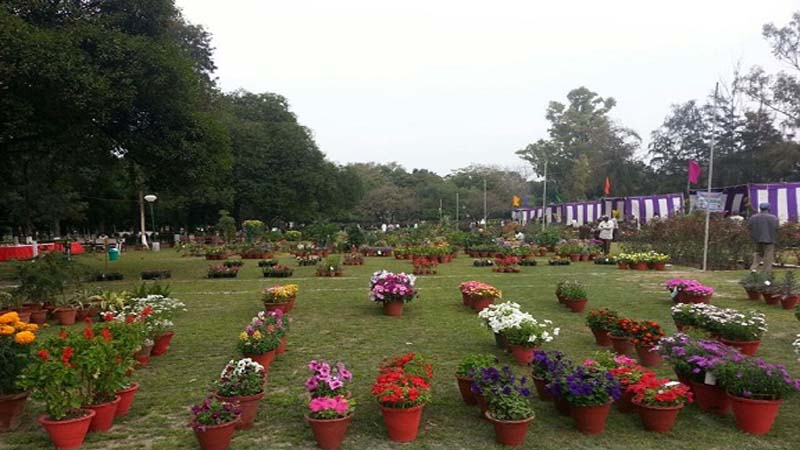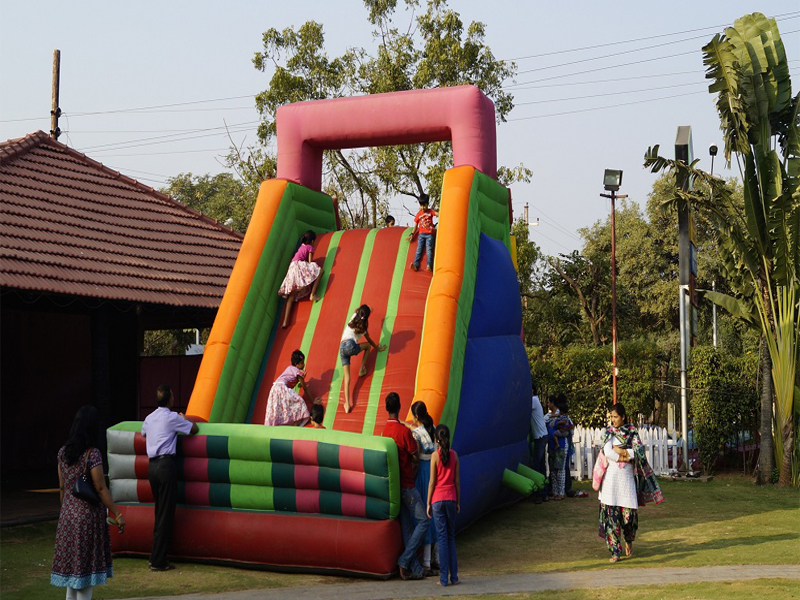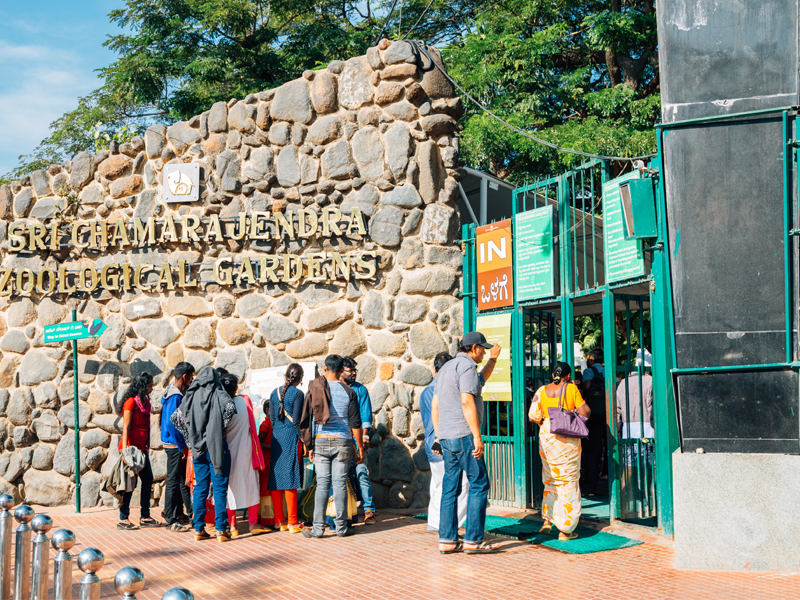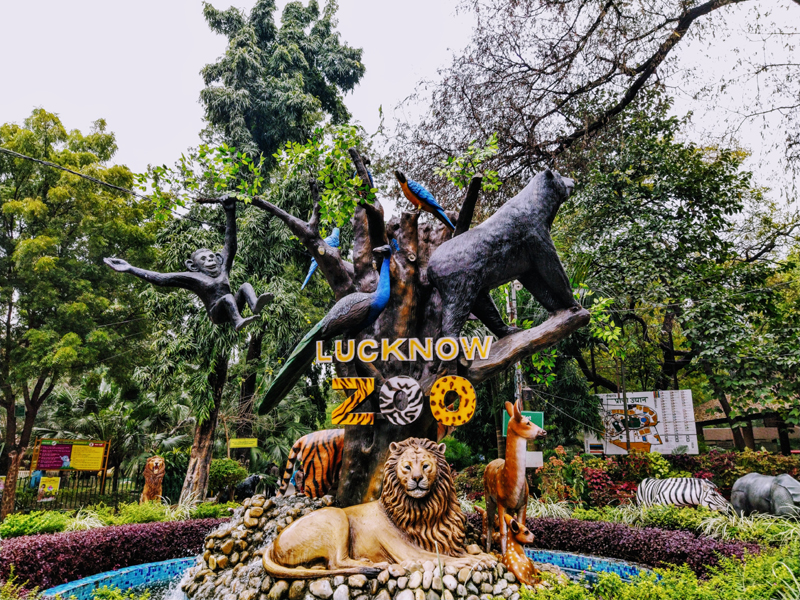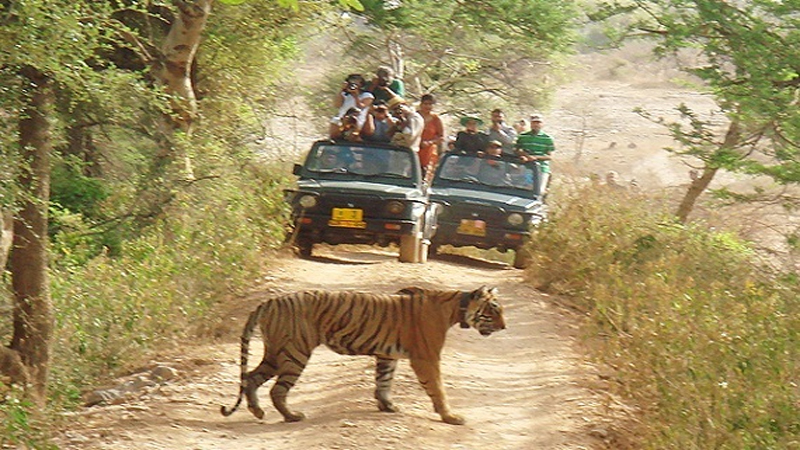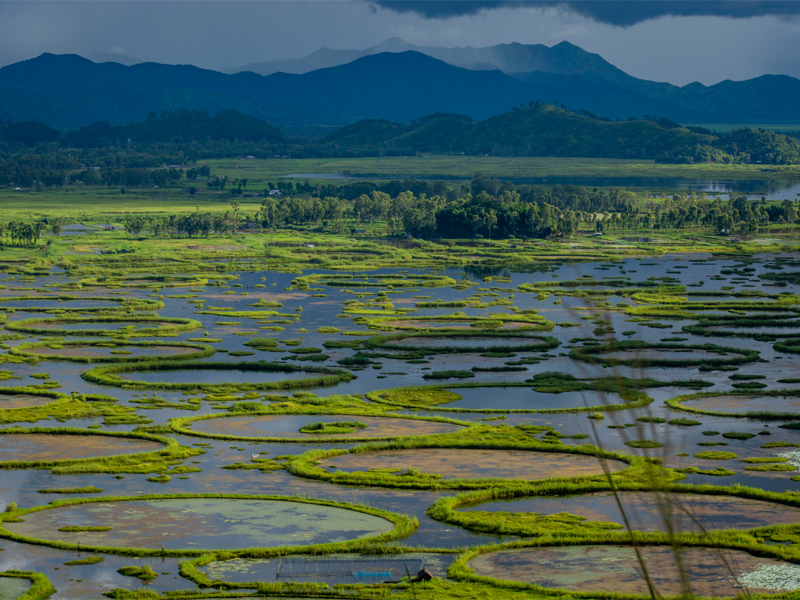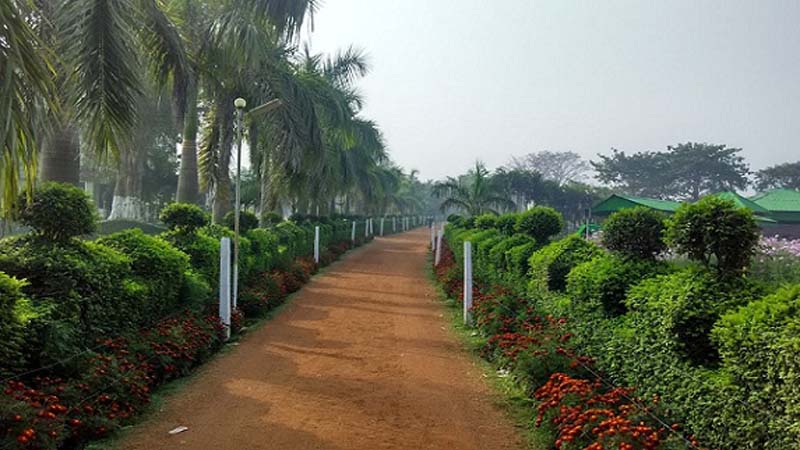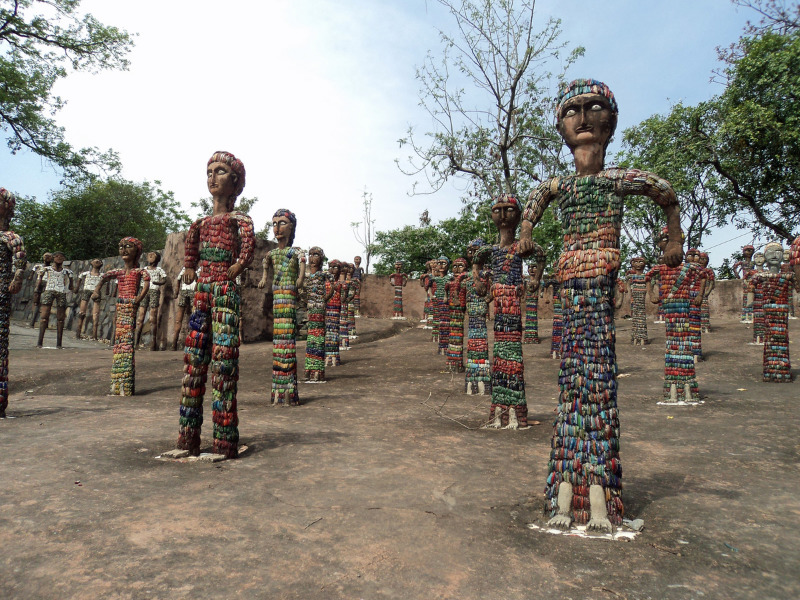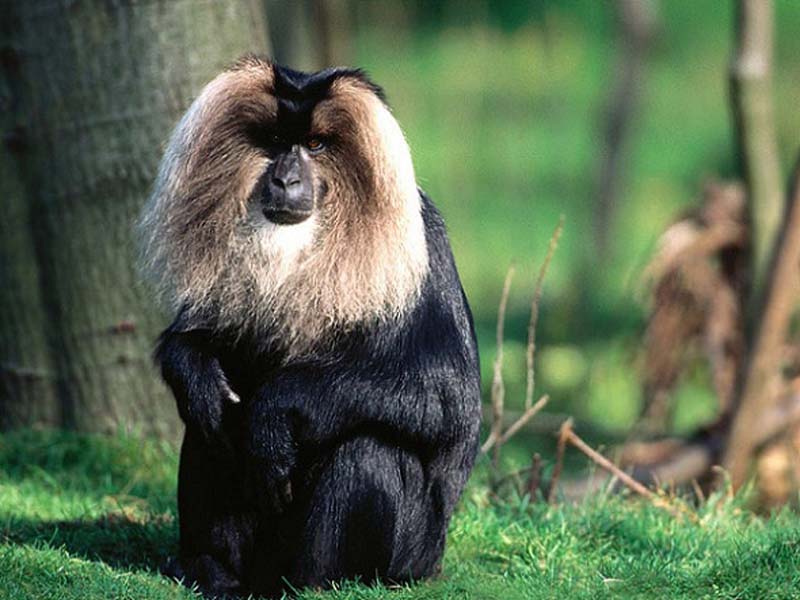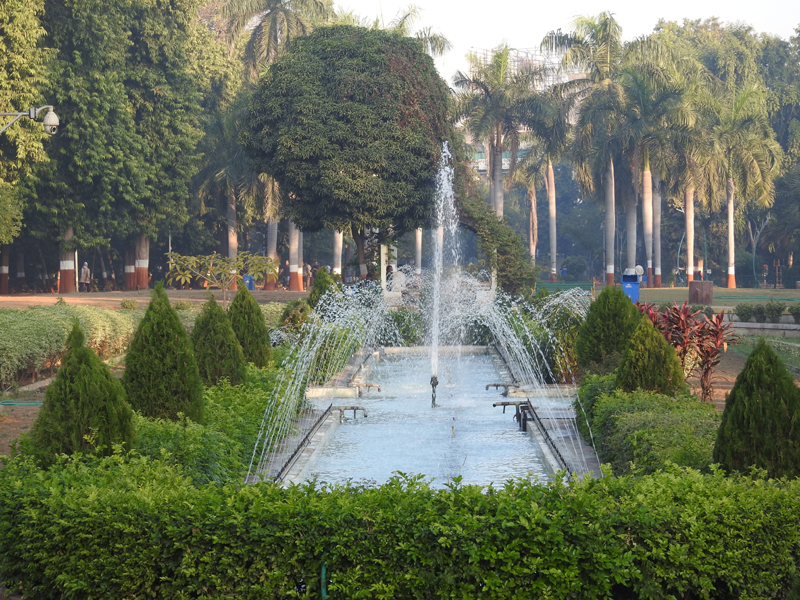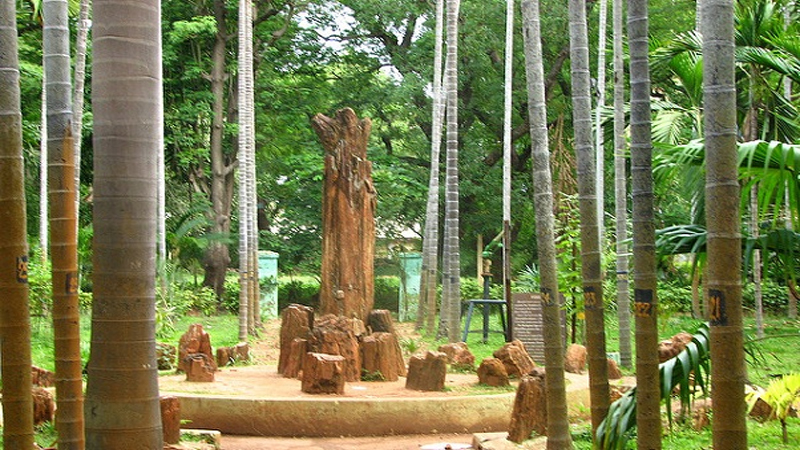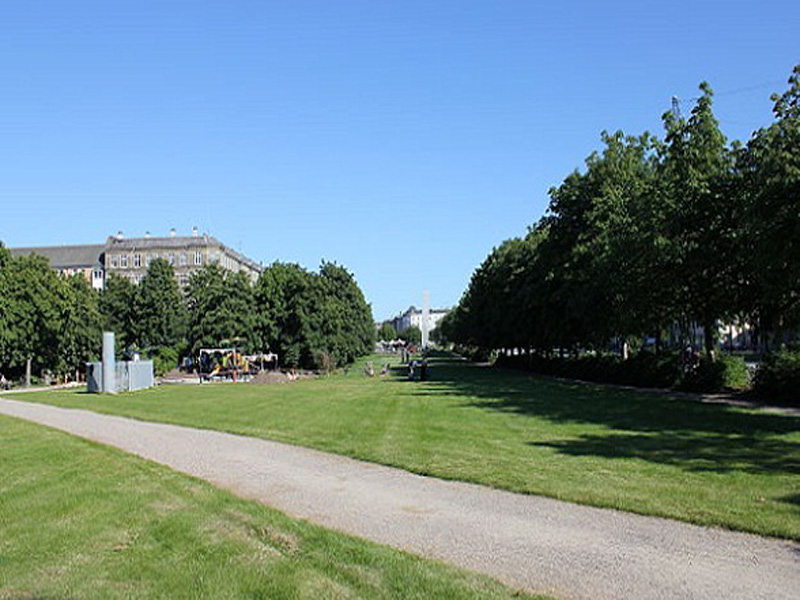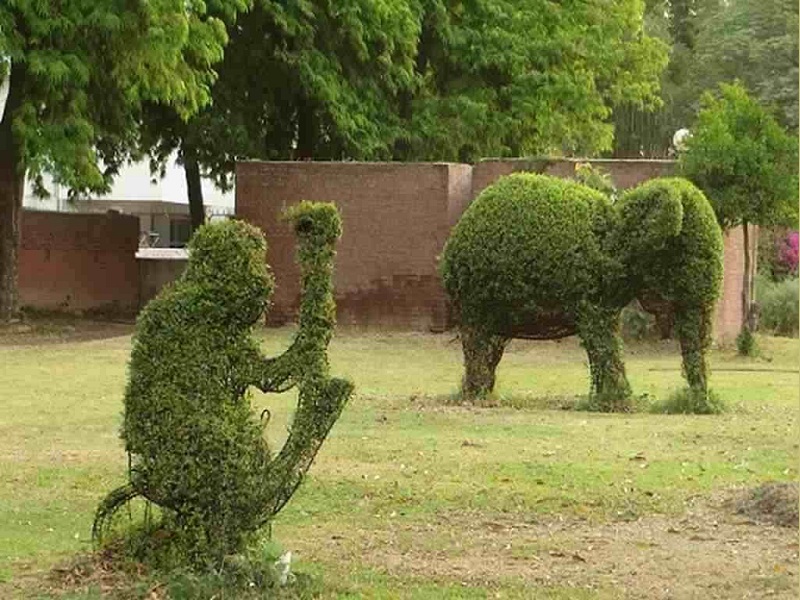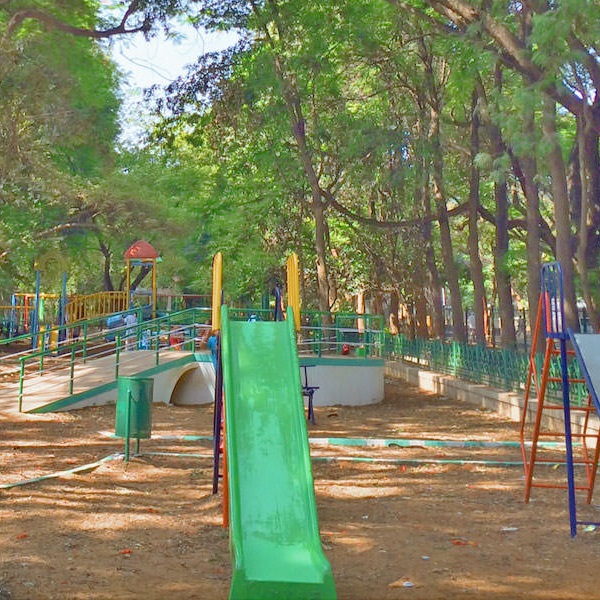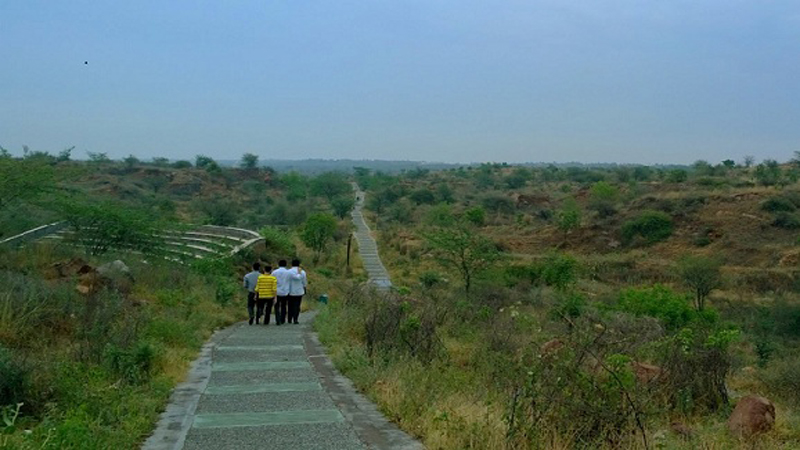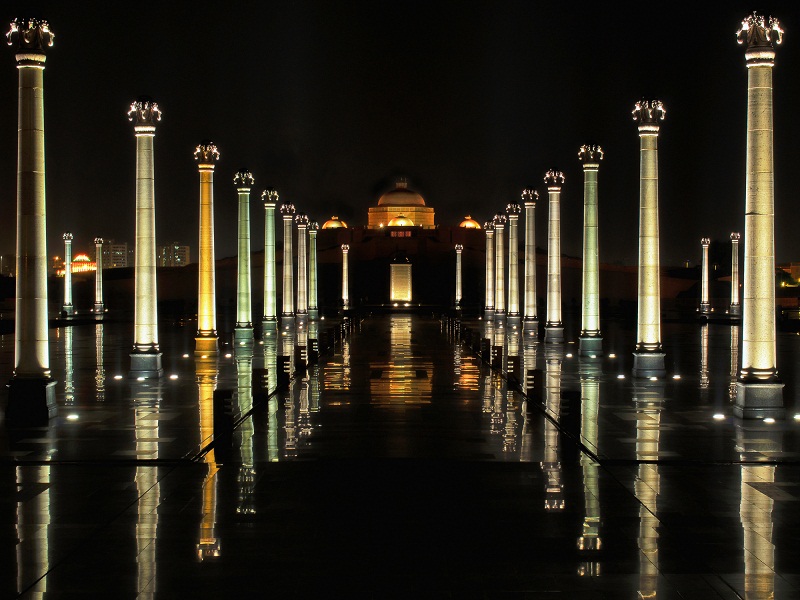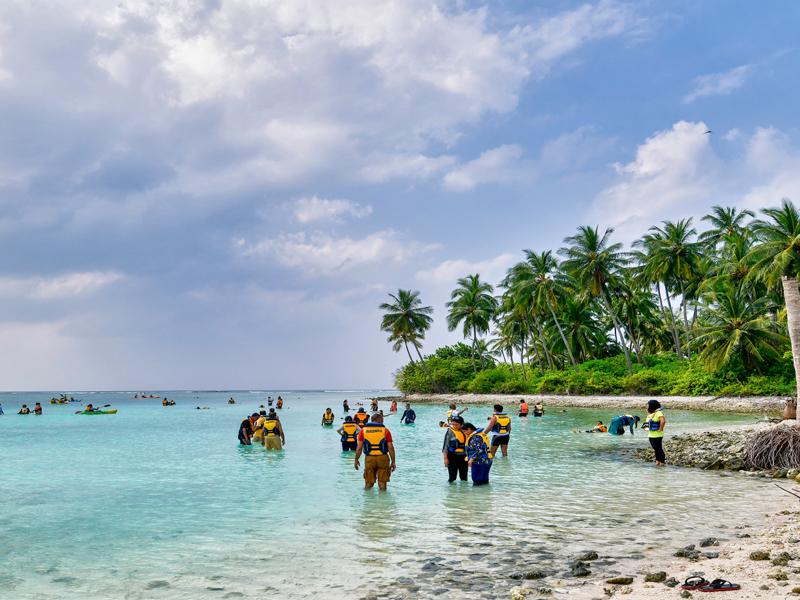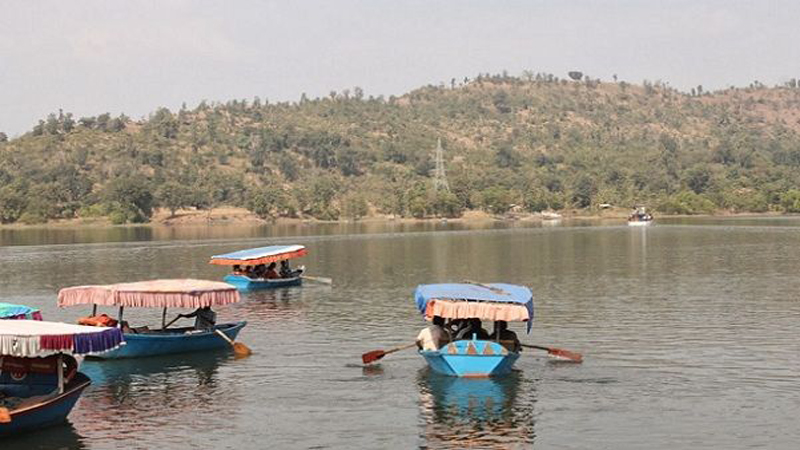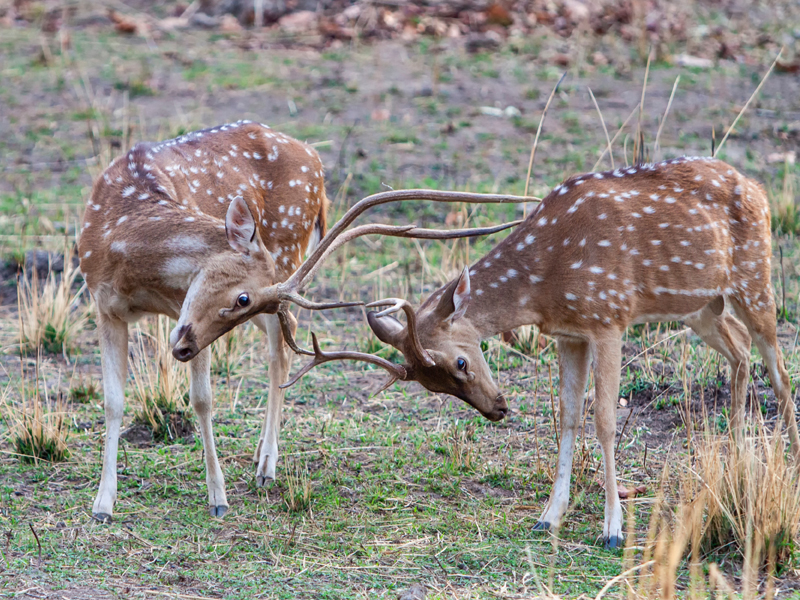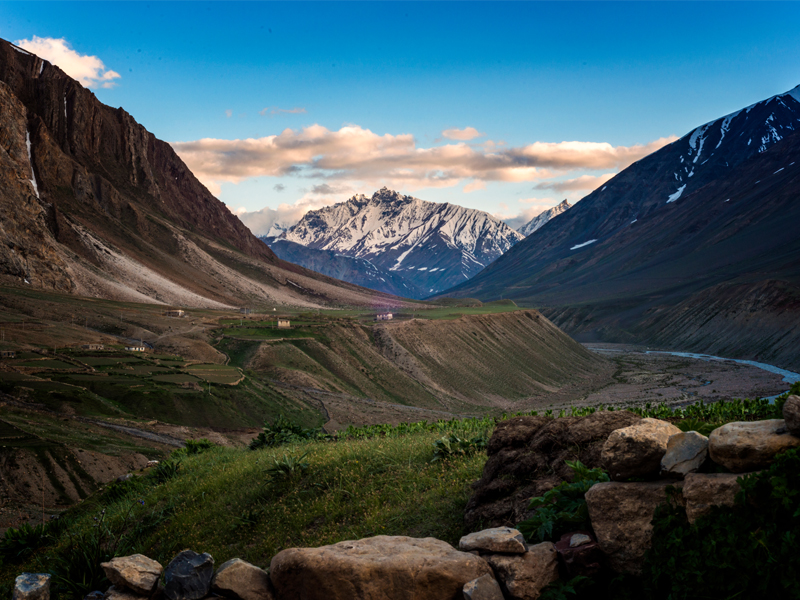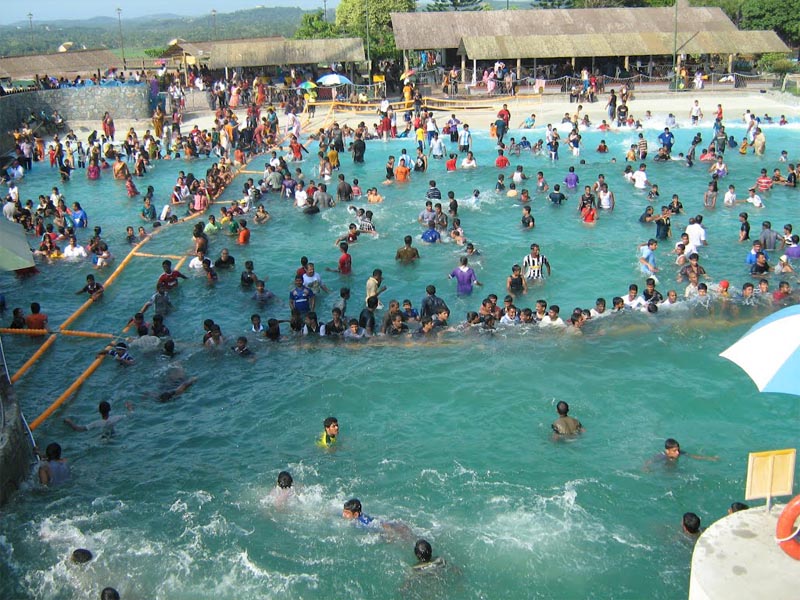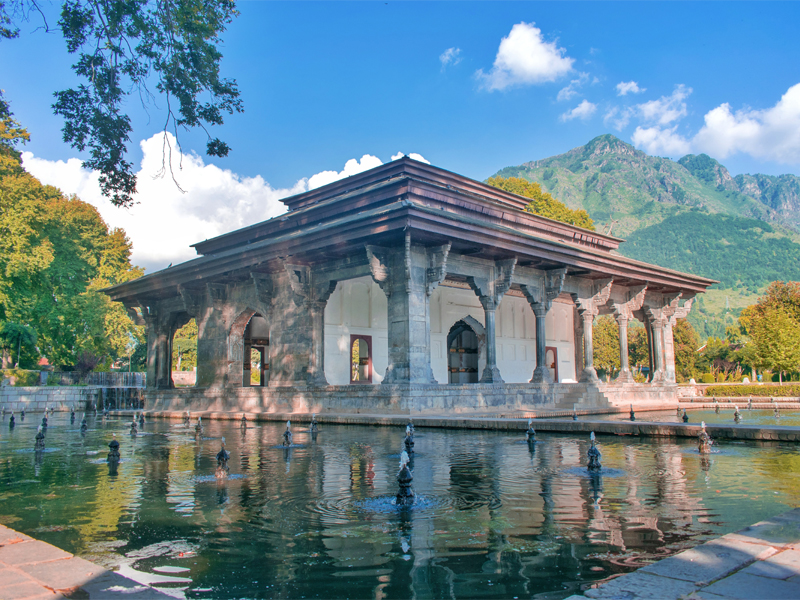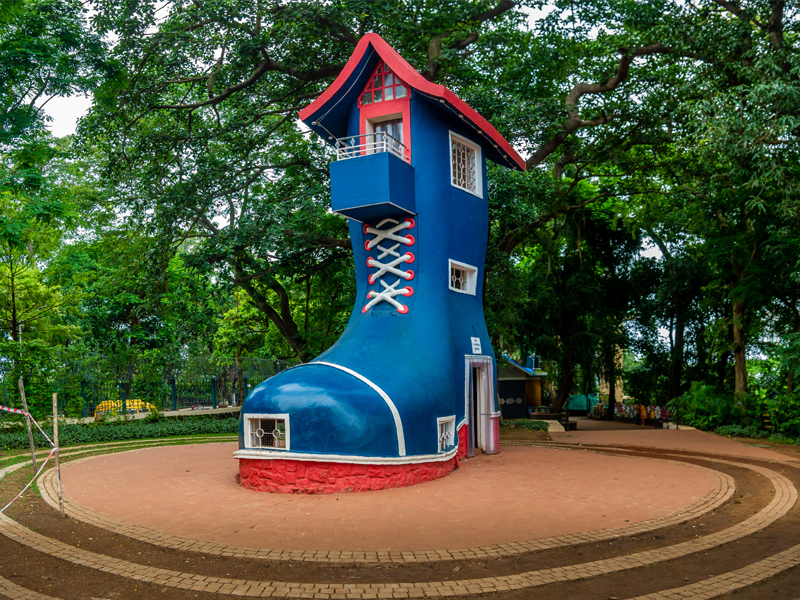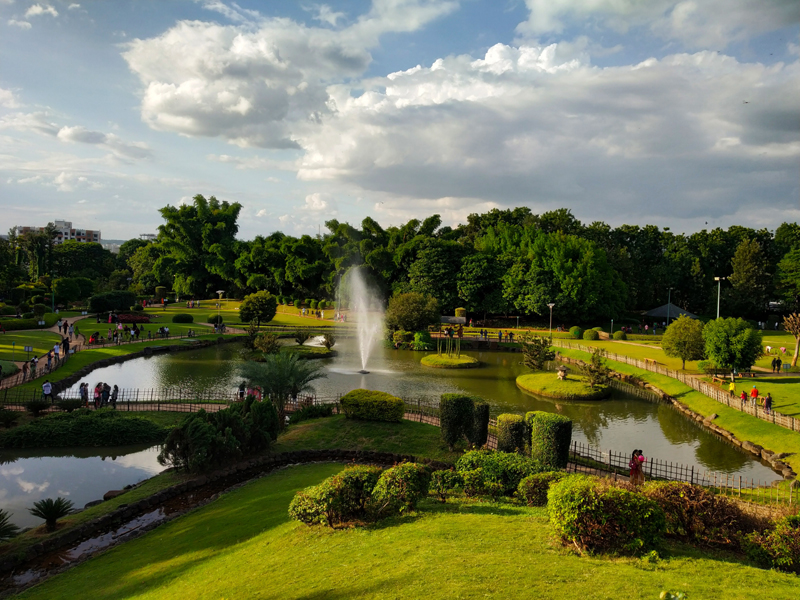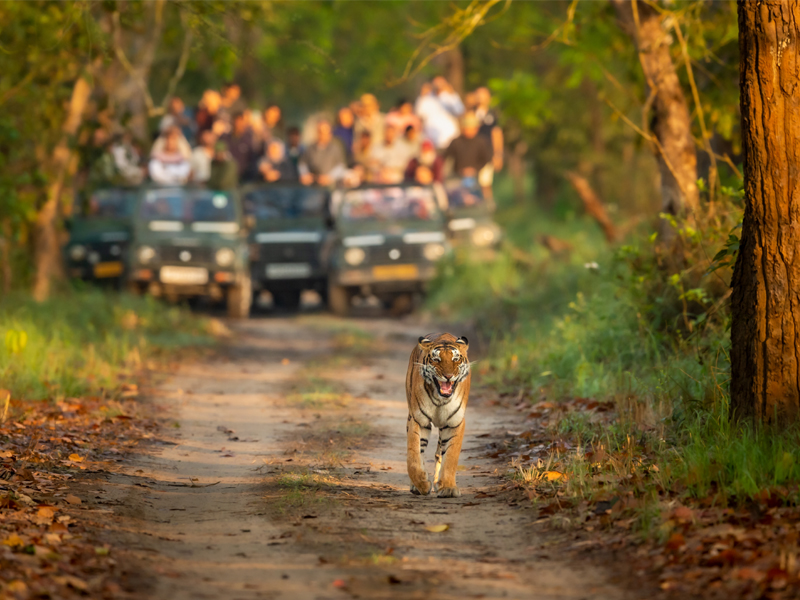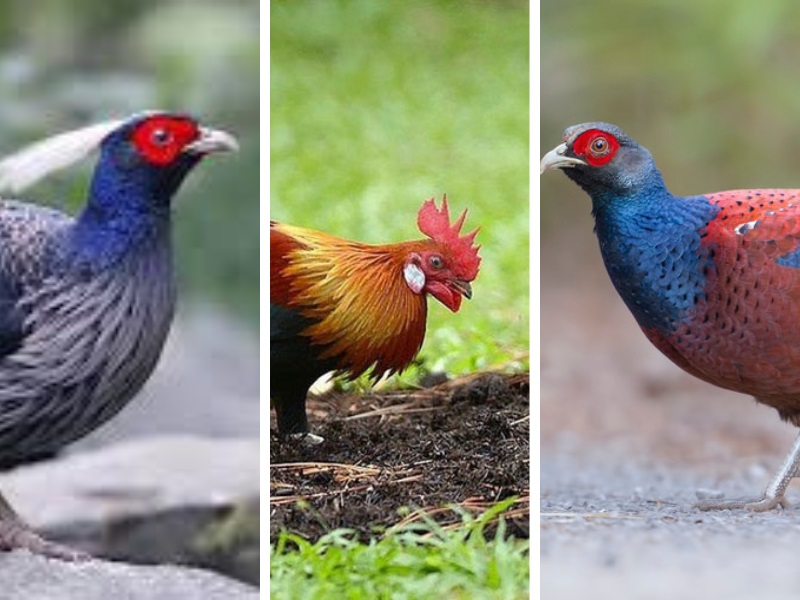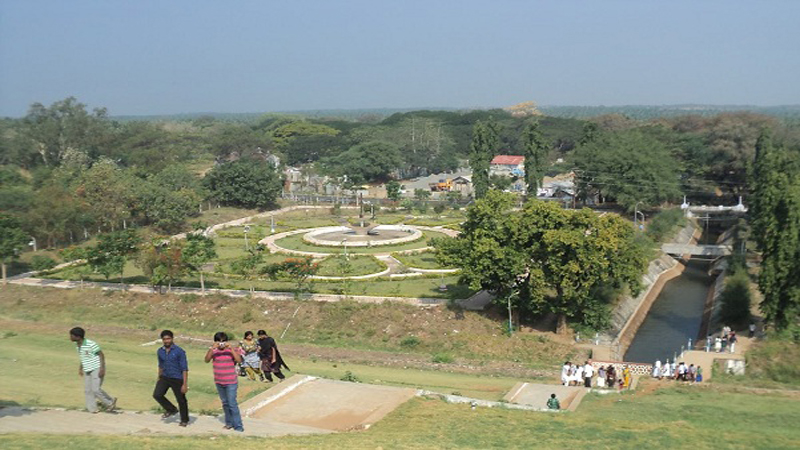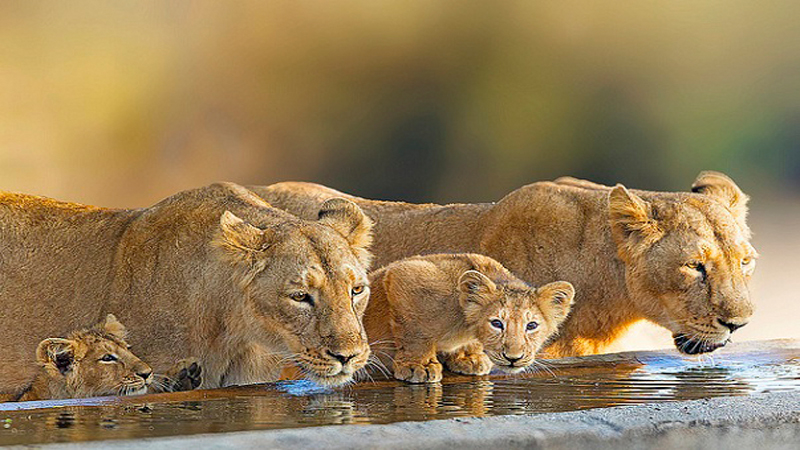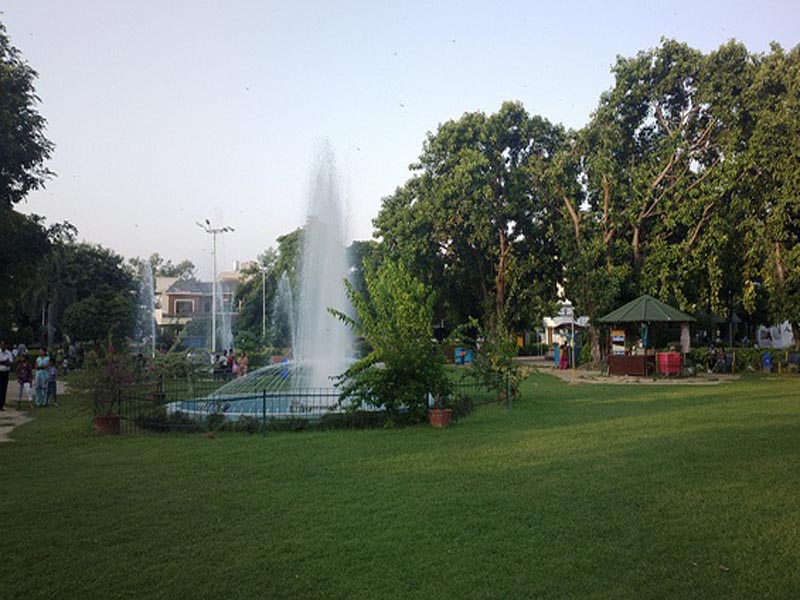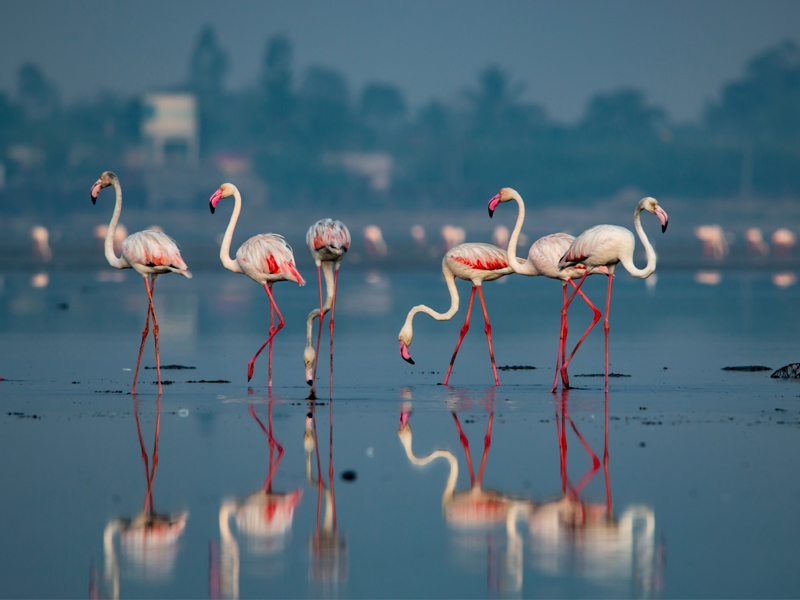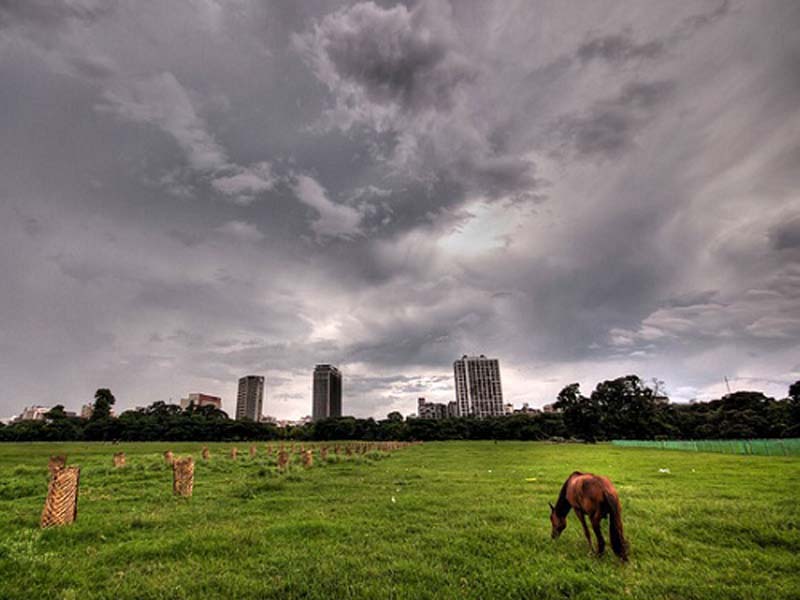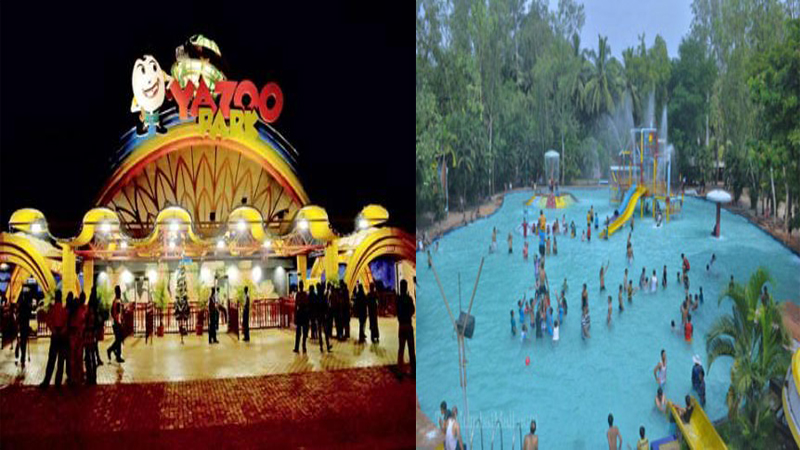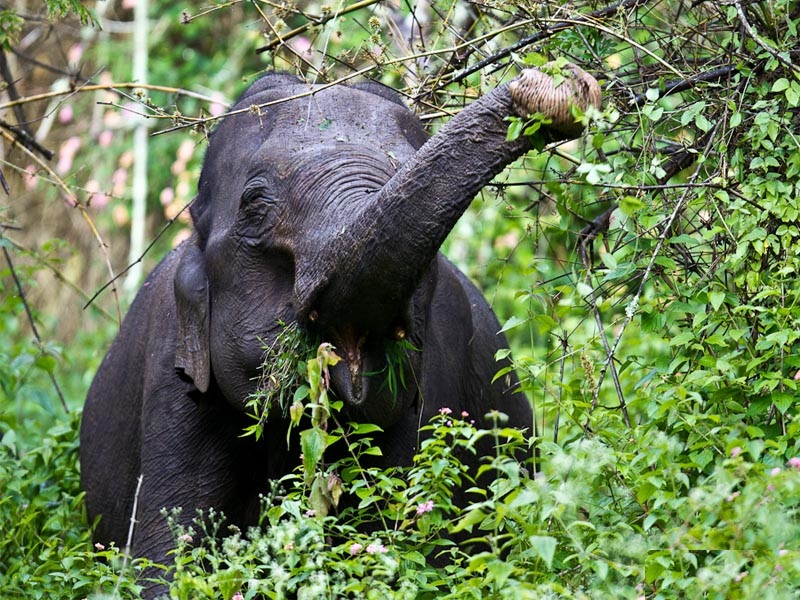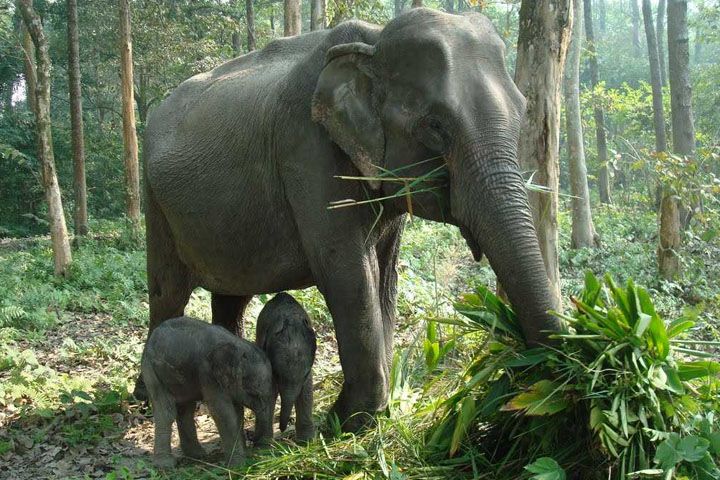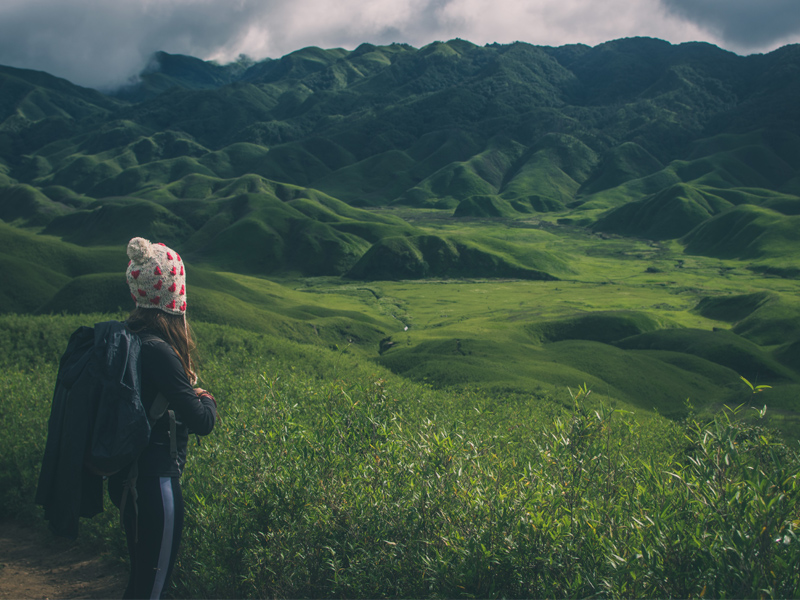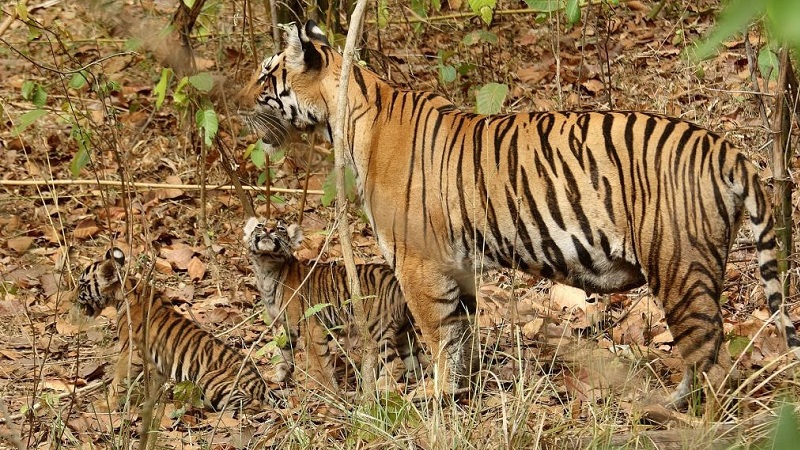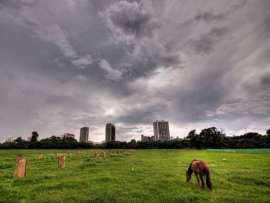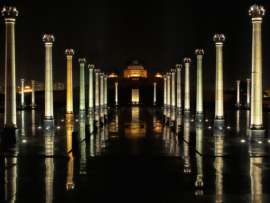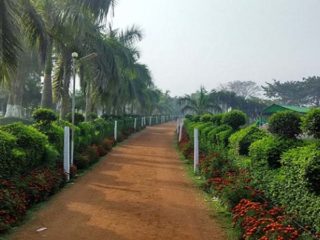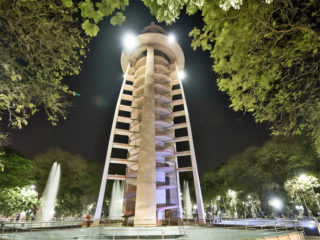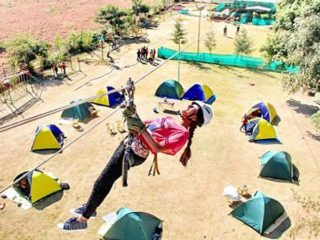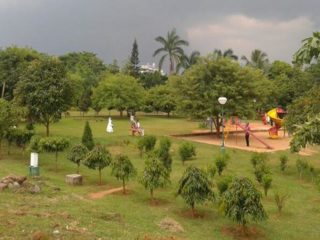Zoos are one of the places kids and adults enjoy spending time looking at several animals. But did you know the fun becomes tenfold when you see wildlife in their natural habitat? Yes! The National Parks in India offer us the excitement of coming face to face with wild animals in their natural habitat while providing enthusiastic travelers with a liaison with the wild. There are 106 national parks in India, which cover 1.35% of the country’s geographical area, 44,402.95 km2.
In this article, we have listed the top national parks in India, where each one offers something unique, whether rhino or lion sightings. Read on!
Facts about National Parks in India:
India has several remarkable national parks that boast natural wonders and unique biodiversity. Here are some facts about national parks in India that you might find fascinating:
- The national parks in India are home to diverse wildlife, including iconic species like rhinoceroses, elephants, tigers, lions, and more. The parks house numerous endangered and protected species by providing crucial habitats.
- The national parks in India cover a vast expanse of land, some spanning thousands of kilometres. These lands include mountain ranges, wetlands, grasslands, and dense forests, protecting diverse ecosystems.
- Some national parks in India also house several tiger reserves which focus on conserving and protecting Bengal tigers.
- Several national parks in India, like the Sundarbans, Kaziranga, Koeladeo, and others, are recognized as UNESCO World Heritage sites.
- Some national parks in India offer various migratory and resident bird species, making them a paradise for bird watchers. Keoladeo National Park hosts over 350 bird species, making it a renowned UNESCO-listed bird sanctuary.
- Many national parks in India ensure the conservation of the wildlife and ecosystem while allowing visitors to appreciate the natural beauty, thereby promoting responsible ecotourism.
- Some national parks in India are also important cultural heritage sites because of their association with indigenous communities and traditional practices.
- India’s national parks also have a remarkable range of fauna and flora, including rare medicinal plants and diverse animal species.
- The national parks in India offer breathtaking landscapes, serene wilderness, and unparalleled opportunities to connect with nature, making them a testament to the country’s natural beauty.
Top 20 Famous National Parks in India You Must Visit:
Since India’s forest cover is enormous and spread across the country unevenly, it isn’t easy to name all the national parks in one article. However, we have listed some of India’s famous national parks, which can help you get an idea before planning a backpacking trip.
1. Bannerghatta National Park:
Things to do:
- Take a safari tour to spot several wild animals and various species of deer.
- You can witness various colourful butterflies by visiting Butterfly Park.
- Take a nature walk to discover the flora and fauna in the park.
Fauna and Flora:
- Bannerghatta National Park houses diverse fauna, including bird species, reptiles, and mammals, including fox, wild boar, sloth, India gazelle, and spotted deer.
- It is also home to a variety of plant species.
Location: Bannerghatta Road, Bengaluru, Karnataka, India.
Timing: 9:30 AM to 5 PM.
Entry Fee: 80 INR for Indians, 400 INR for foreigners.
How to Reach:
- The park is 22 km away from Bangalore. You can hire private vehicles, taxis, or public transport from Bangalore to reach the National Park.
Best time to visit: October to March.
2. Sanjay Gandhi National Park:
Things to do:
- Go for a safari or a nature walk to spot wildlife.
- You can visit ancient Buddhist rock-cut caves and Kanheri caves in the park.
- Enjoy boating or pedal boating.
Fauna and Flora in Sanjay Gandhi NationalPark:
- It houses mammals like leopards, deer, langurs, reptiles, and over 270 bird species.
Location: Borivali East, Mumbai, Maharashtra, India.
Timing: 9 AM to 6 PM.
Entry Fee: 48 INR for adults, 25 INR for kids above five years.
How to Reach:
- You can take a local train to Borivali from Churchgate, which will take an hour; from there, you can take an autorickshaw to reach the park.
- You can also hire a private taxi to reach the park on the road.
Best time to visit: November to February.
3. Guindy National Park:
Things to do:
- Spot wild animals in this park by taking a wildlife safari.
- Go on nature trails, exploring the park’s diverse flora and fauna.
- Visit the Snake Park.
- Enjoy birdwatching.
Fauna and Flora in Guindy National Park:
- It houses a variety of fauna, including Indian spotted deer, blackbuck, jackals, snakes, and birds.
- It also has tropical dry evergreen forests, grasslands, and various plant species.
Location: Chennai, Tail Nadu, India.
Timing: 9 AM to 5:30 PM (closed on Tuesday).
Entry Fee: INR 20 for adults, 5 INR for kids above ten years.
How to Reach:
- Guindy National Park is located near the Chennai International Airport, which can be reached by private vehicles or public transport.
Best time to visit: November to February.
4. Jim Corbett National Park:
Things to do:
- Jeep safari, elephant safari.
- Enjoy birdwatching to observe the rich birdlife.
- Visit the Corbett Museum to learn about the legacy and history of Jim Corbett.
- River rafting, trekking, and nature walks.
Fauna and Flora Jimm Corbett National Park:
- Fauna like tigers, elephants, deer, sloth bears, leopards, crocodiles, and a wide range of bird species are found in this park.
- The flora found in this park includes Sal forests, grasslands, bamboo grooves, and several other aromatic and medicinal plants.
Location: Nainital district, Uttarakhand, India.
Timing: 6 AM to 6 PM.
Entry Fee: 200 INR for Indians, 900 INR for foreigners.
How to Reach:
- The nearest airport is Pantnagar Airport, and the railway station is Ramnagar railway station, where you can take a taxi or local transportation to the park.
Best time to visit: November to June.
See More: Cricket Stadiums in India
5. Mudumalai National Park:
Things to do:
- Go on a jungle safari to spot wildlife.
- Take a nature walk or go birdwatching.
- Visit the elephant camp.
- You can also explore nearby attractions like pykara lake, moyar river, and theppakadu elephant camp.
Fauna and Flora Mudumalai National Park:
- You can find tigers, elephants, leopards, sloth bears, gaur, deer, langurs, and a wide range of bird species.
- It also houses dense forests with teal, bamboo, sandalwood, and several species of shrubs and trees.
Location: Nilgiri district, Tamil Nadu, India.
Timing: 6 AM to 6 PM.
Entry Fee: 15 INR per person.
How to Reach:
- The nearest railway station is Ooty railway station, and the nearest airport is Coimbatore International Airport, from where you can hire a taxi or take a bus on the road to reach the park.
Best time to visit: October to May.
6. Kasu Brahmananda Reddy National Park:
Kasu Brahmananda Reddy National Park is a sprawling urban park that offers a serene escape in Hyderabad, Telangana. This park is named after the former chief minister of Andhra Pradesh, Kasu Brahmananda Reddy, spanning over 390 acres. Diverse flora, various bird species, and lush greenery make the place renowned for its rich biodiversity. You can observe graceful deer in their natural habitat while indulging in picnics, nature exploration and leisure walks.
Things to do:
- Visit the deer park to spot spotted deer and blackbucks.
- Enjoy birdwatching.
- You can take leisurely walks or enjoy a picnic.
- Capture nature with beautiful photography.
Fauna and Flora in Kasu Brahmananda Reddy National Park:
- It houses a variety of flora, including tall trees, shrubs, and flowering plants.
- It also provides habitat to numerous bird species.
Location: Jubilee Hills, Hyderabad, Telangana, India.
Timing: 5:30 AM to 10 AM; 4:30 PM to 6:30 PM.
Entry Fee: 20 INR for adults, 10 INR for kids.
How to Reach:
- You can hire a private taxi or take local transportation to reach the park in the central part of the city.
Best time to visit: October to February.
7. Gir Forest National Park:
Things to do:
- Go on a thrilling safari and birdwatching.
- Take a nature walk or trek.
- Visit the crocodile breeding centre.
- Capture stunning photographs.
Fauna and Flora in Gir National Park:
- This forest is renowned for its Asiatic lion population and is the only natural habitat for these majestic creatures outside Africa.
- It also houses wildlife species like leopards, hyenas, deer, sambar, chinkara, and other bird species.
Location: Junagadh and Amreli districts, Gujarat, India.
Timing: 6 AM to 6 PM.
Entry Fee: 100 INR.
How to Reach:
- The Gir National Park is well-connected by road, and you can hire a private car, taxi, or bus to reach the park.
- The nearest airport and railway station to the park is located in Rajkot.
Best time to visit: December to March.
8. Van Vihar National Park:
The zoological space and a national park located in Bhopal, the city of lakes, is Van Vihar National Park. The place is a protected area with carnivores and herbivores in different categories, and the park is spread over 4.45 sq km. You can spot various animals, making it a heaven for nature lovers. Furthermore, during the winter season, you can see the migratory birds.
Things to do:
- Enjoy birdwatching.
- Take a leisurely walk or go on a guided nature trail.
- Learn more about the park’s conservation efforts.
- Capture the park’s landscapes and wildlife photographs.
Fauna and Flora in Van Vihar National Park:
- This park houses various wildlife species, including deer, wild boars, jackals, leopards, and a wide range of bird species.
- It is also adorned with lush greenery, trees, and plants.
Location: Bhopal, Madhya Pradesh, India.
Timing: 6 AM to 6 PM.
How to Reach:
- Bhopal is well-connected to all the major cities in the country, and you can reach the place by road, rail, and airways.
- You can hire public or private vehicles to reach the place.
Best time to visit: October to March.
See More: Best Zoos in India
9. Eravikulam National Park:
Things to do:
- Take a guided trekking tour to explore the scenic landscapes.
- Spot the endangered Nilgiri Tahr, the mountain goat species.
- Enjoy the panoramic views of rolling hills, cascading waterfalls, and tea plantations.
- Take mesmerizing photographs.
Fauna and Flora in Eravikulam National Park:
- This park is known for its rich biodiversity. It is also home to Asian elephants, gaurs, sambar deer, Nilgiri Tahr, and many bird species.
Location: Idukki district, Kerala, India.
Timing: 7:00 AM to 4:30 PM.
Entry Fee: 100 INR.
How to Reach:
- Kochi is the nearest major city to Eravikulam National Park, which is well-connected by air, rail, and road.
- You can hire a taxi or take a bus to Munnar, 13 km from the park.
Best time to visit: September to February.
10. Periyar National Park:
Things to do:
- You can go on bamboo rafting, safari, and tiger trail.
- Take a boat ride to spot wildlife.
- You can go on guided nature walks.
- Visit the interpretive centre to watch informative documentaries.
- Take part in ecotourism programs.
Fauna and Flora in Periyar National Park:
- It houses diverse wildlife, including elephants, tigers, leopards, gaurs, sambar deer, and bords.
- The park is also famous for its rich vegetation, including evergreen forests, moist deciduous forests, and grasslands.
Location: Western Ghats of Kerala, India.
Timing: 6 AM to 6 PM.
Entry Fee: 33 INR for adults, 5 INR for kids, 450 INR, and 155 INR for foreign adults and kids, respectively.
How to Reach:
- Kottayam is the nearest railhead, and the nearest airport is Madurai. You can hire a private taxi or cab from these locations to reach the park.
Best time to visit: November to February.
11. Bandipur National Park:
Famous For: Blissful atmosphere
Things to do:
- Embark on wildlife safaris or go on jeep rides.
- Enjoy birdwatching because it houses migratory and resident bird species.
- Go for nature walks or guided treks to explore the diverse flora and fauna.
- You can visit the interpretation centre and museum to learn about Bandipur’s conservation efforts and rich biodiversity.
- Wildlife photography, camping, and nature trails.
Fauna and Flora in Bandipur National Park:
- This park boasts diverse wildlife, including elephants, Indian gaurs, deers, sloth bears, langurs, and several bird species.
- Riverine habitats, open grassy lands, and dry deciduous forests also characterize it.
Location: Chamarajanagar district, Karnataka, India.
Timing: 6 AM to 6 PM.
Entry Fee: 300 INR for Indians, 1100 INR for foreigners.
How to Reach:
- Mysore airport is the nearest airport to the Bandipur National Park, which is well connected to all the India’s major cities. You can hire a taxi to reach the park from there.
- Bandipur is well-connected to all the major cities through road, rail, and airways.
Best time to visit: October to May.
12. Sri Venkateswara National Park:
Located in the Chittoor and Cuddapah districts of Andhra Pradesh, India, Sri Venkateswara National Park offers a serene escape into nature’s lap. The park is renowned for its scenic beauty and rich biodiversity, spanning approximately 353 sq km. In addition to being home to a diverse range of flora and fauna, it also has picturesque landscapes, tranquil water bodies, and dense forests, making it a haven for wild enthusiasts and nature lovers. The iconic Sri Venkateswara Temple in the park also offers visitors a holistic experience.
Things to do:
- Walk through nature and safari to explore the rich flora and fauna.
- You can photograph diverse wildlife while enjoying the park’s scenic beauty with lush forests, water bodies, and picturesque landscapes.
- Visit Sri Venkateswara Temple, located in the park premises.
Fauna and Flora in Sri Venkateshwara National Park:
- Sambar, spotted deer, mouse deer, barking deer, golden jackal, Indian fox, four-horned antelope.
Location: Chittoor and Cuddapah districts of Andhra Pradesh, India.
Timing: 6 AM to 6 PM.
Entry Fee: 50 INR for adults, 30 INR for kids.
How to Reach:
- Tirupati airport is the nearest airport to Sri Venkateswara National Park, 40 km away. You can reach the park by hiring a taxi.
- The Tirupati railway station is nearest to the park, which is well connected to all major cities in the country.
- You can hire a taxi or take a bus from Tirupati or Chittoor to the park.
Best time to visit: October to March.
See More: List Of Wildlife Sanctuaries In India
13. Pench National Park:
Things to do:
- You can spot fauna like leopards, tigers, elephants, deer, and several bird species by taking the wildlife safari.
- You can also look at the Indian Pitta, Malabar pied hornbill, and other avian populations.
- The park’s diverse flora includes teak, bamboo, and other tropical plant species.
Fauna and Flora in Pench National Park:
- Pench National Park has a rich and diverse flora and fauna; some notable ones include the Bengal tiger, Indian leopard, sloth bear, Indian wild dog, potted deer, Sambar deer, Langur monkey, and over 285 species of birds.
- Teak trees dominate this park’s vegetation, in addition to bamboo, tendu, mahua, sal, and grasslands.
Location: Seoni and Chhindwara districts, Madhya Pradesh, India
Timing:
- Morning safari – 5:30 AM to 11 AM.
- Afternoon safari – 3 PM to 7 PM.
Entry Fee: 15 to 50 INR for Indians, 200 to 300 INR per person for foreign nationals.
How to Reach:
- Nagpur airport is near the Pench National Park, which is well-connected to India’s major cities.
- You can hire a taxi or take a bus to the park from Nagpur.
Best time to visit: November to April.
14. Satpura National Park:
Things to do:
- You can spot a variety of faunas, including leopards, tigers, Indian bison, sloth bears, wild boars, and numerous bird species by going on a wildlife safari.
- You can engage in activities like camping, boating, and trekking.
- The park’s diverse flora includes teak, sal, bamboo, mahua, and medicinal plants.
Fauna and Flora in Satpura National Park:
- You can find diverse flora, fauna, and animal and plant species.
- Some of the fauna include tigers, Indian bison, leopards, sloth bears, wild dogs, and barking deer, to name a few, and several species of birds like peafowls, hornbills, and migratory birds.
- The park also features grasslands, meadows, and a variety of grass species.
Location: Hoshangabad District, Madhya Pradesh, India.
Timing: Sunrise to Sunset.
Entry Fee: 125 INR for Indians, 1250 INR per person for foreigners.
How to Reach:
- Pachmarhi is the nearest town to the park, which is well connected by road.
- Piparia is the nearest railway station to this National Park. You can further hire a taxi to reach the park.
Best time to visit: October to April.
15. Mahavir Harina Vanasthali National Park:
Established in 1975, the Mahavir Harina Vanasthali National Park is a serene escape, especially when you are bored of the forts and palaces in the City of Nawabs. It is named after the great Jain saint Lord Mahavir, hence the name. This national park is home to the endangered Black Buck Deer species and is located in Vanasthalipuram, 15 km from Hyderabad.
Things to do:
- You can enjoy the lush greenery of the park to enjoy nature walks and bird watching.
- You can learn more about different deer species by visiting Deer Park within the premises of the National Park.
Fauna and Flora in Mahavir Harina Vanasthali Park:
- This park is home to endangered Indian blackbuck.
- This park also features shrubs, trees, grasslands, and various flora.
Location: Vanasthalipuram, Rangareddy District, Telangana, India.
Timing: 9 AM to 5 PM, AM for early joggers.
Entry Fee: 40 INR for adult Indian nationals, 20 INR for Indian National kids, and 100 INR for foreign nationals.
How to Reach:
- This park is easily accessible by different modes of transportation like private vehicles, taxis, or public transport.
- The central part of the city is 20 km away from this park.
Best time to visit: October to February.
16. Kanha National Park:
Things to do:
- Spot a diverse range of animals, including tigers, leopards, elephants, deer, and several species of birds.
- You can go on a jungle trek or nature walks through the park’s lush forests.
- By visiting the Kanha Museum, learn more about the biodiversity, conservation efforts, and the park’s history.
Fauna and Flora in Kanha National Park:
- Kanha National Park has several species, including Indian wild dogs, sloth bears, swamp deer, and one of India’s best tiger reserves.
Location: Balaghat and Mandla districts, Madhya Pradesh, India.
Timing:
- The morning safari starts between 5:30 AM to 6 AM.
- Evening safari begins in the afternoon and lasts till sunset, which might vary depending on the sunset time.
Entry Fee:
- 1500 INR per person per safari in the core zone (Kanha zone).
- 1000 INR per person per safari in the buffer zone.
How to Reach:
- The Jabalpur airport is approximately 160 km away from Kanha National Park.
- The park connects to nearby cities like Nagpur and Jabalpur through regular bus services.
Best time to visit: October to June.
See More: Famous Bird Sanctuaries In India
17. Simlipal National Park:
Things to do:
- You can enjoy the view of about 1000 species of plants and 96 species of orchids.
- You can spot a wide variety of fauna in addition to numerous bird species in this park by taking a wildlife safari.
- You can visit the Bareipani and Joranda waterfalls for peaceful surroundings and breathtaking views.
Fauna and Flora in SimlipalNational Park:
- This national park is home to several endemic and endangered species.
- Numerous species of birds, amphibians, reptiles, Indian bison, sambar deer, gaurs, leopards, elephants, and tigers also inhabit this park.
- This park’s dense forests feature bamboo, a mix of sal, and other tropical vegetation.
Location: Bhanjpur, Baripada, Odisha, India.
Timing: 7 AM to 5 PM.
Entry Fee: 100 INR.
How to Reach:
- Bhubaneshwar Airport is the nearest airport to Simlipal National Park, 270 km away.
- Nearby towns and cities have bus services to reach the park because it is well connected by road.
- The nearest railway station to the park is Baripada, which is 50 km away. Hiring a taxi is one of the convenient ways to reach this national park.
Best time to visit: November to June.
18. Manas National Park:
Things to do:
- You can spot various fauna, including elephants, rhinoceros, langurs, deer, tigers, and numerous bird species, by taking wildlife safaris.
- You can also go on nature walks, trekking, and birdwatching exploring beautiful landscapes and biodiversity.
- You can experience unique flora and fauna by visiting the UNESCO World Heritage site of Manas Wildlife Sanctuary.
Fauna and Flora in Manas National Park:
- This park is home to several endangered species, including the Assam roofed turtle, Bengal tiger, pygmy hog, and Indian rhinoceros.
- The park also boasts a wide variety of flora with dense forests of wetlands, grasslands, semi-evergreen trees, and tropical evergreen trees.
Location: Barpeta district, Assam, India.
Timing: 5:30 AM to 6:30 PM.
Entry Fee: 20 INR for Indians, 250 INR for foreign tourists.
How to Reach:
- The park is located 91 km away from Lokpriya Gopinath Bordoloi International Airport.
- The nearest railway station to the park is at Barpeta Roat, 22 km away.
- You can hire a taxi to reach the park from the railway station.
Best time to visit: November to April.
19. Nagarhole National Park:
Things to do:
- You can go on a wildlife safari where you can spot tigers, leopards, wild dogs, elephants, and various bird species.
- Spot the wildlife along the riverside by boat riding on the Kabini River.
- You can engage in birdwatching.
- You can also enjoy camping, trekking, and nature walks in the serene park.
Fauna and Flora in Nagarhole National Park:
- It has a diverse range of wildlife, including various species of deer, Indian bison, leopard, Indian elephant, and Royal Bengal tiger.
- The park also has over 270 bird species.
- It is also famous for the Krait, the Indian rock python, and King Cobra.
Location: Kodagu and Mysore districts, Karnataka, India.
Timing: 6 AM to 6 PM.
Entry Fee: 50 INR for Indians, 150 INR for foreigners.
How to Reach:
- The nearest airport to the park is the Mysore airport, which is 96 km away and connects the city to all the country’s major cities.
- The railway network in Mysore also connects you to all the major cities. You can hire a taxi or bus to the park from Mysire.
Best time to visit: October to May.
20. Valley of Flowers National Park:
Things to do:
- During the peak season, you can explore the valley’s vibrant colours and stunning floral beauty.
- You can trek through the picturesque landscapes.
- You can spot a variety of flora and fauna in addition to endangered species like blue sheep, snow leopards, and Himalayan musk deer.
- Birdwatching is another speciality of this park.
Fauna and Flora in Valley of Flowers National Park:
- 600 species of flowering plants, which include rare and endemic species.
- It also has a Himalayan bear, brown bear, musk bear, and numerous butterflies and birds.
Location: Chamoli district, Uttarakhand, India.
Timing: 8 AM to 5 PM.
Entry Fee: 150 INR for Indians and 600 INR for foreigners.
How to Reach:
- Jolly Grant Airport in Dehradun is the nearest airport to Valley of Flowers National Park.
- The major nearest railway station to the National Park is Rishikesh, which is well-connected to all the major cities in India.
- You can reach the town of Govindghat by hiring a taxi or a shared jeep. A trek of around 14km from Govindghat leads you to the valley.
Best time to visit: July to September.
See More: Endangered Species Of Animals
Visiting National Parks is one of the best ways to have a rendezvous with wildlife, making it an unforgettable and beautiful experience for everyone. With the detailed information we have provided in this article, you can plan to enjoy India’s national parks to the fullest. Before you take an actual trip to one, go through the list and jot down all the essential details. Don’t forget to let us know if you found the article helpful!
Disclaimer: The information provided in this article is based on pure research. The website is not responsible for the authenticity and accuracy of the information provided.
FAQ:
1. What is the difference between wildlife sanctuaries and national parks in India?
- Wildlife sanctuaries focus on providing a haven for wildlife primarily.
- National parks protect the overall ecosystem because they have a broader conservation purpose.
- National parks have developed tourist facilities, are more prominent, and often have stricter regulations.
- Wildlife sanctuaries are smaller in size and have limited human interference.
2. What are the marine national parks in India?
Some of the notable marine national parks in India include:
- Gulf of Kutch Marine National Park, Gujarat.
- Gulf of Mannar Marine National Park, Tamil Nadu.
- Mahatma Gandhi Marine National Park, Andaman and Nicobar Islands.
- Rani Jhansi Marine National Park, Andaman and Nicobar Islands.
3. What is the maximum number of national parks in India?
India has a total of 104 national parks as per the consensus of September 2021. However, the number of national parks in India might change over time due to new additions, reclassification of protected areas, and delisting.
4. Which state has the most national parks in India?
Andaman, Nicobar, and Madhya Pradesh have nine national parks each, the highest number in India.
5. What is the latest National Park in India in 2023?
Raimona National Park is the latest addition to India’s national parks, as per the database. Furthermore, there are plans to upgrade the Dehing Patkai Wildlife Sanctuary to a National Park.


